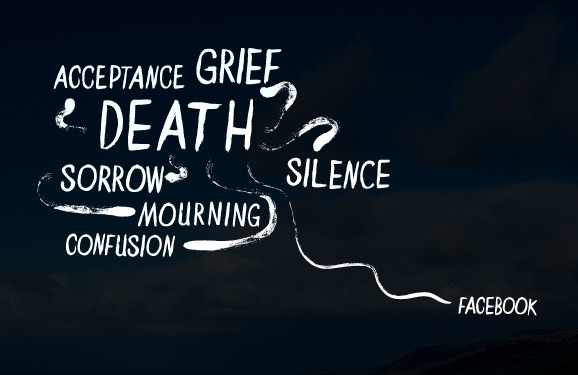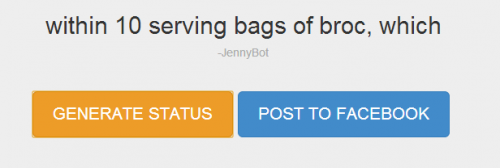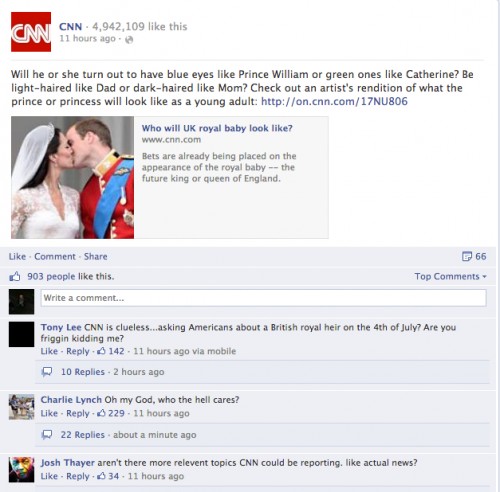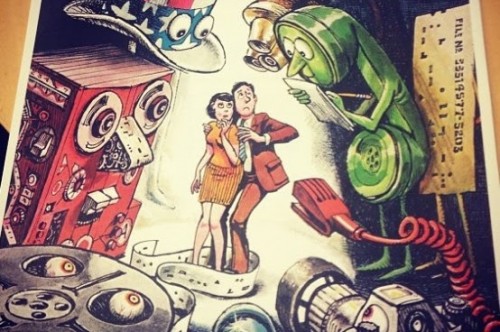This is the first post in a new Cyborgology series we call #review. #review Features links to, summaries of, and discussions around academic journal articles and books. This week, I’m reviewing:
Goodings, Lewis and Ian Tucker. 2014. “Social Media and the Co-Production of Bodies Online: Bergson, Serres, and Facebook’s Timeline.” Media Culture & Society 36(1):37-51. [paywalled PDF]
Goodings and Tucker work to understand the difficulties of embodiment in light of pervasive technological mediation, and in particular, Facebook’s Timeline. They do so using data from 8 focus groups, with a total of 25 participants.
The authors refer to technologically mediated embodiment as that embodiment which exists in light of, and conjunction with, pervasive electronic and digital media. Through the work, the authors identify two key problems or difficulties of technologically mediated embodiment. First, technologically mediated embodiment troubles communicative boundaries, as multiple networks, with varying expectations, converge together in shared social spaces. Second, technologically mediated embodiment stifles the fluid nature of personal biography, cementing the past in ways which inhibit future re-interpretations of the self. more...










